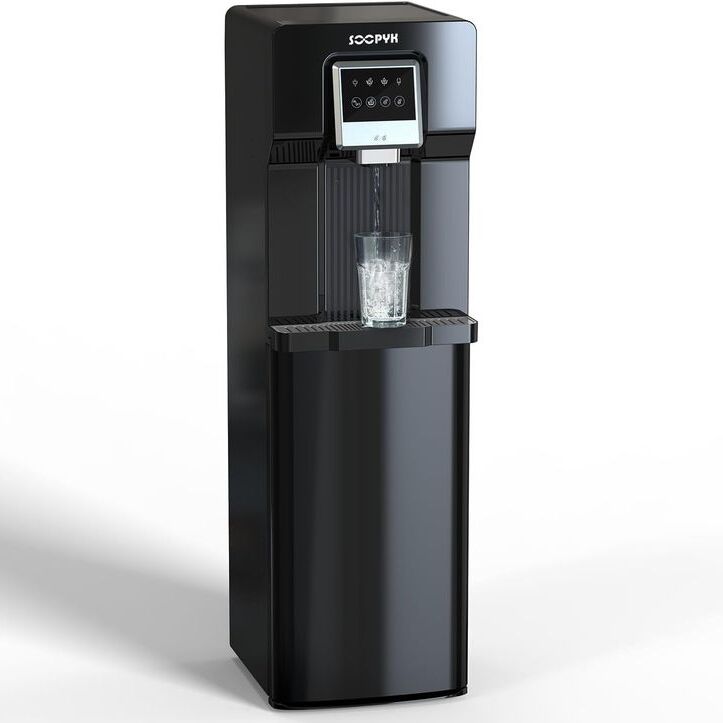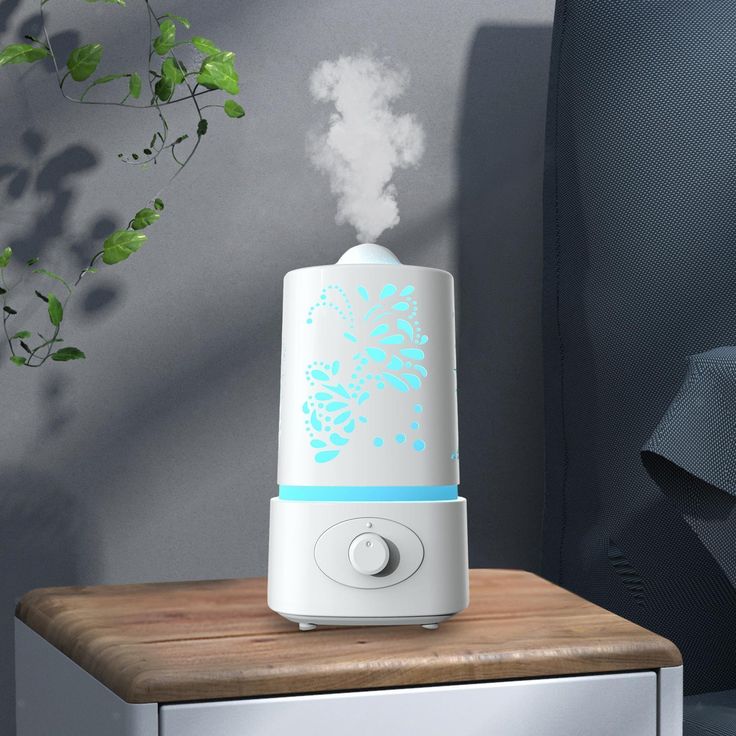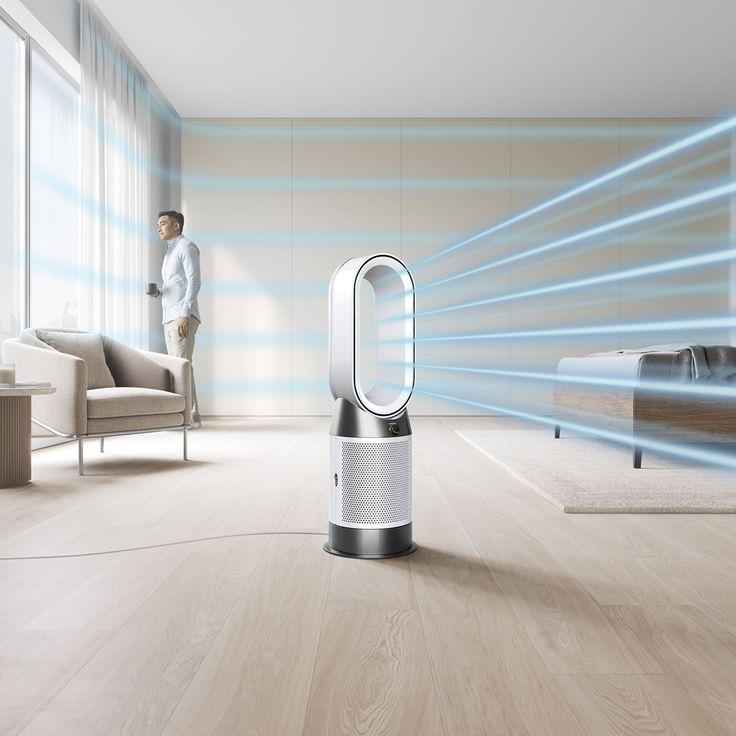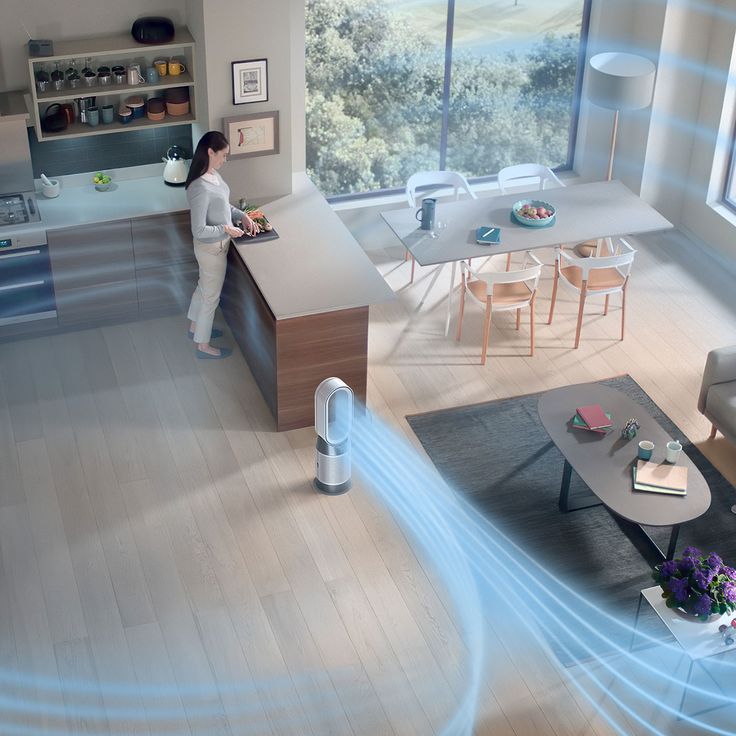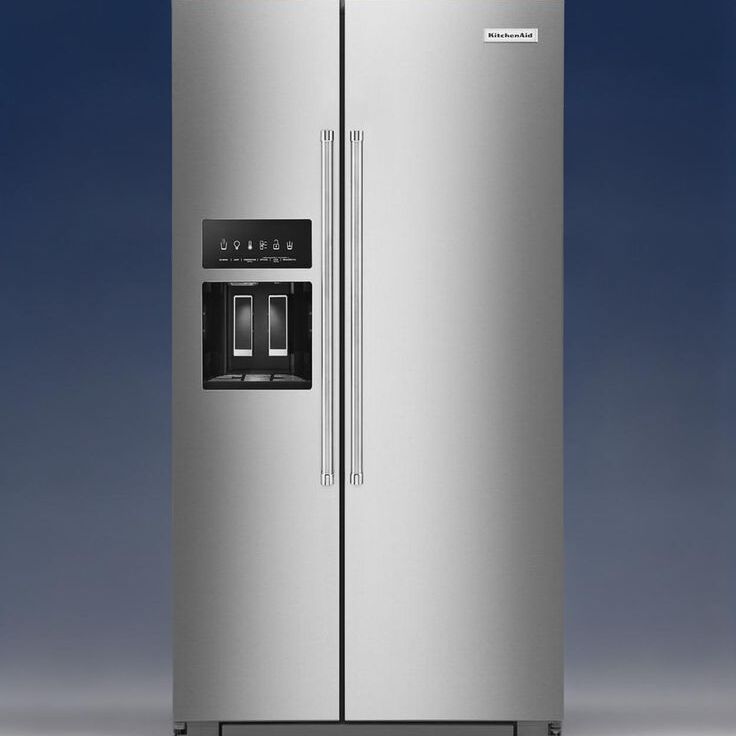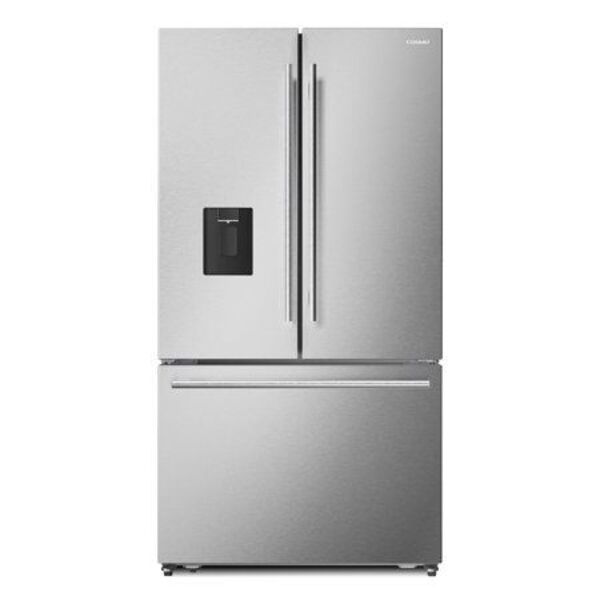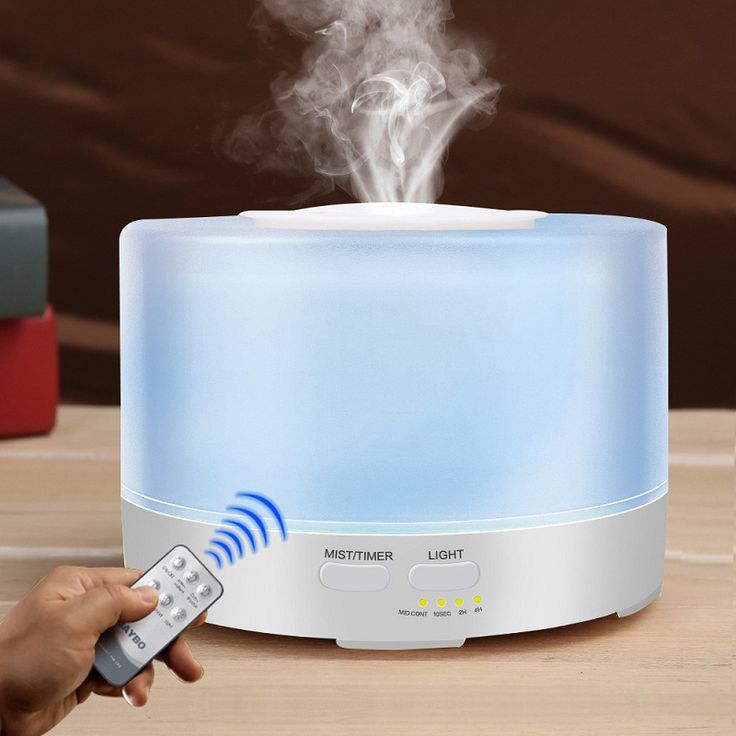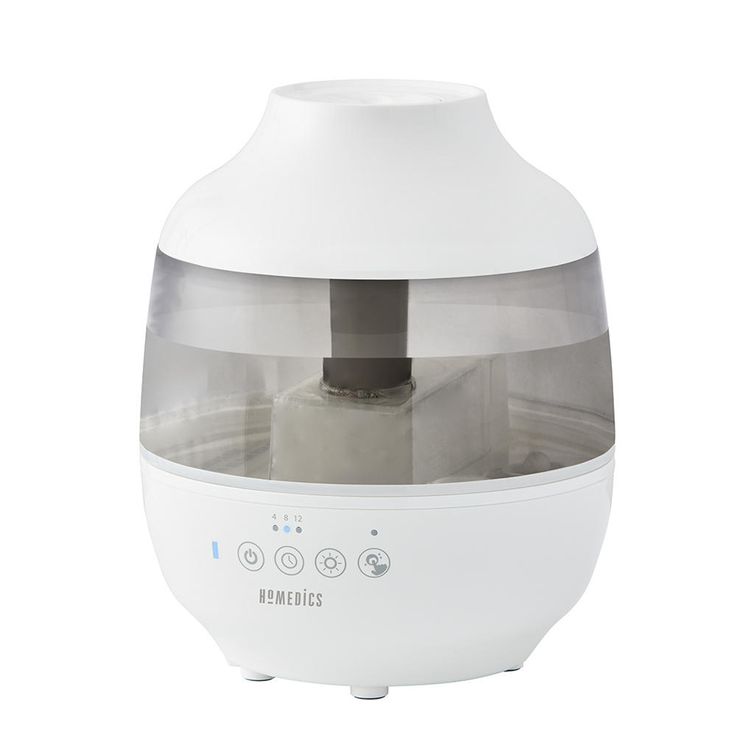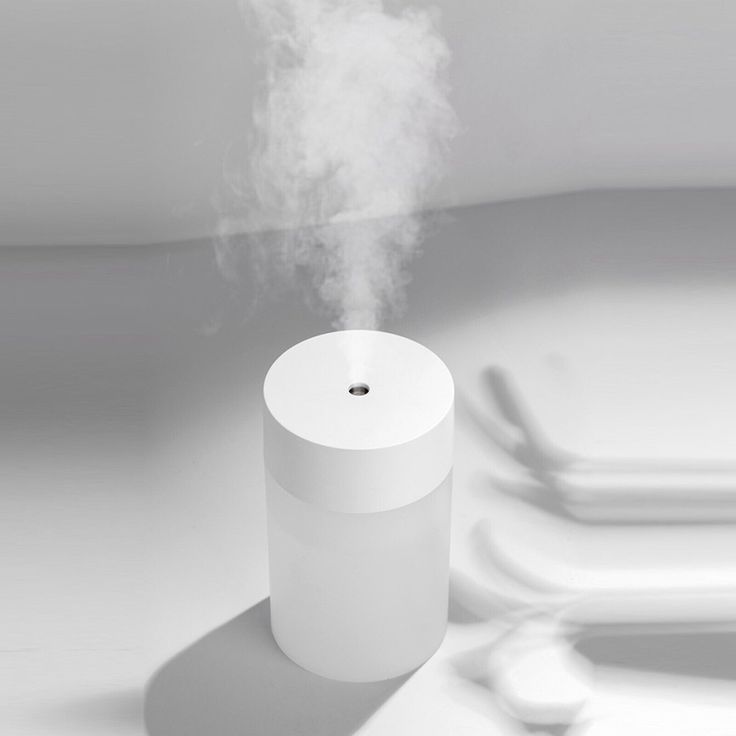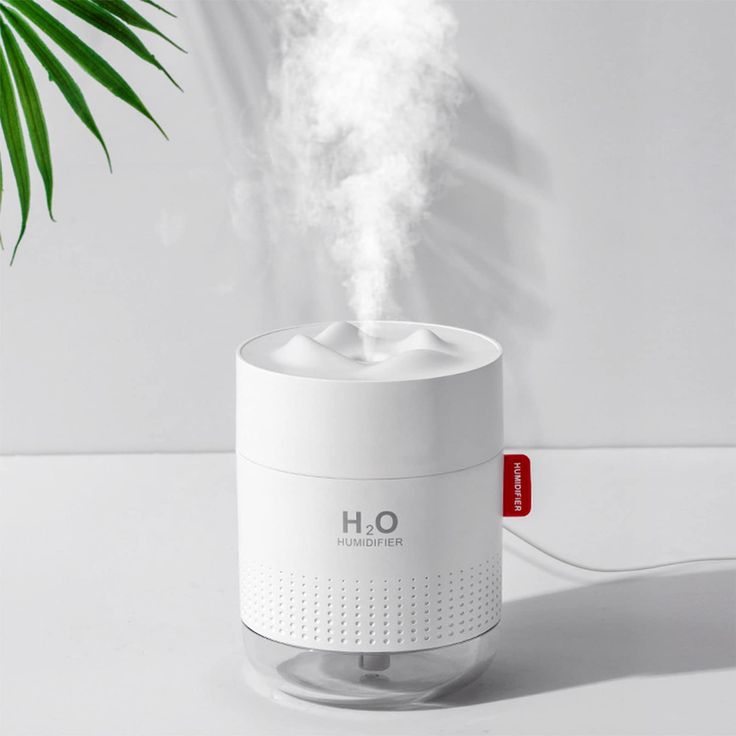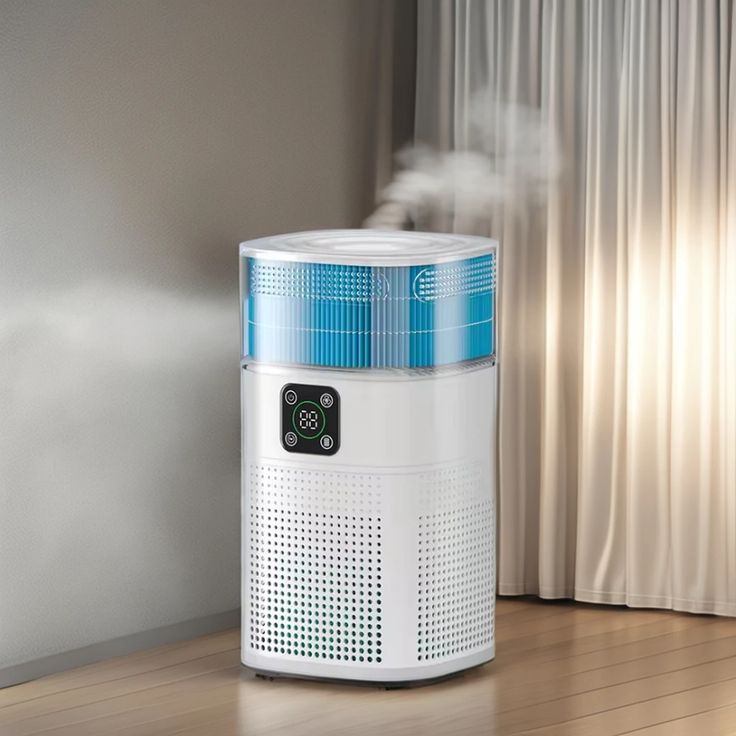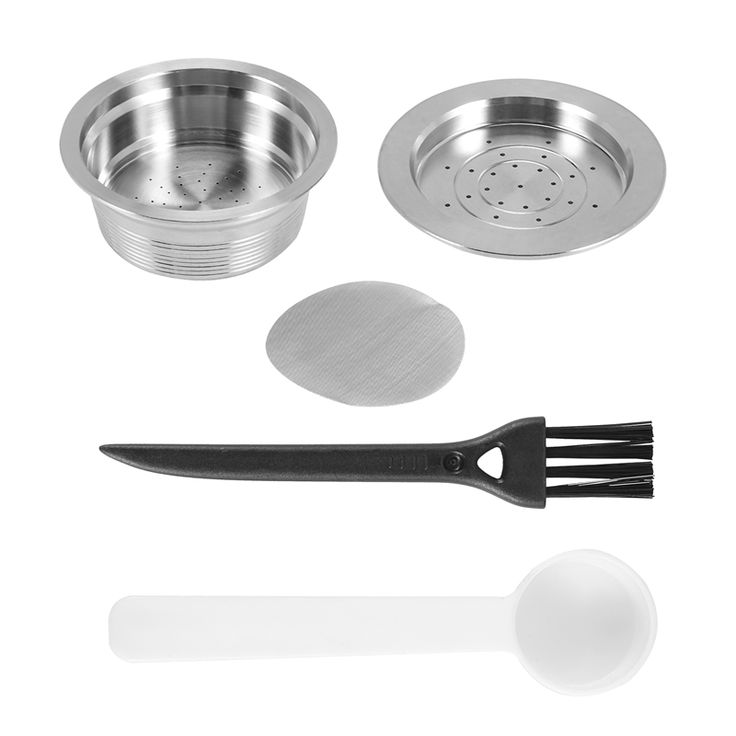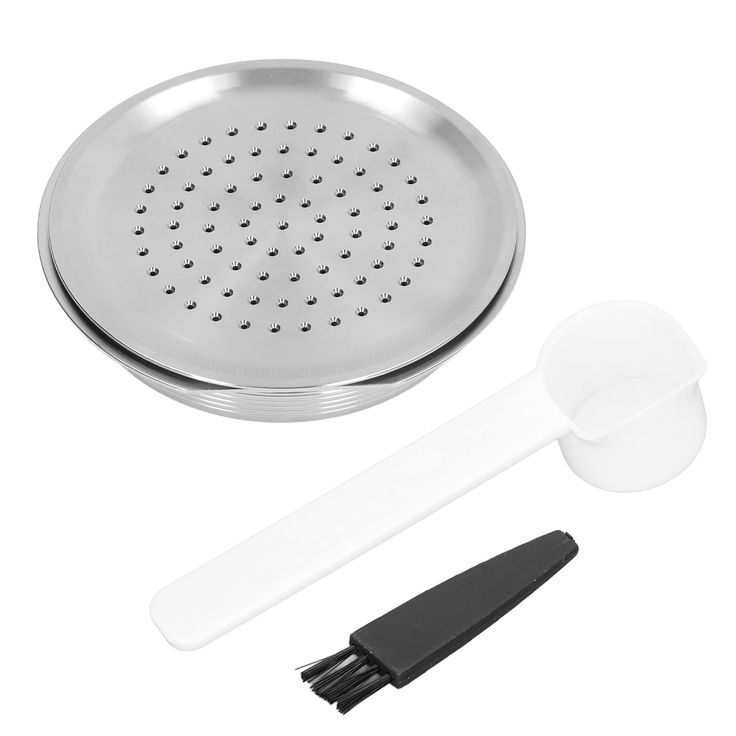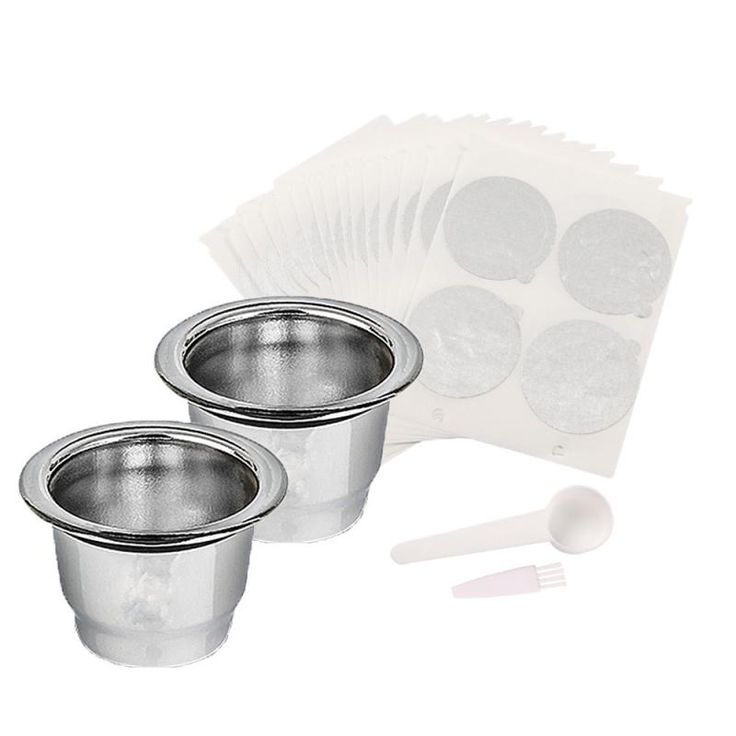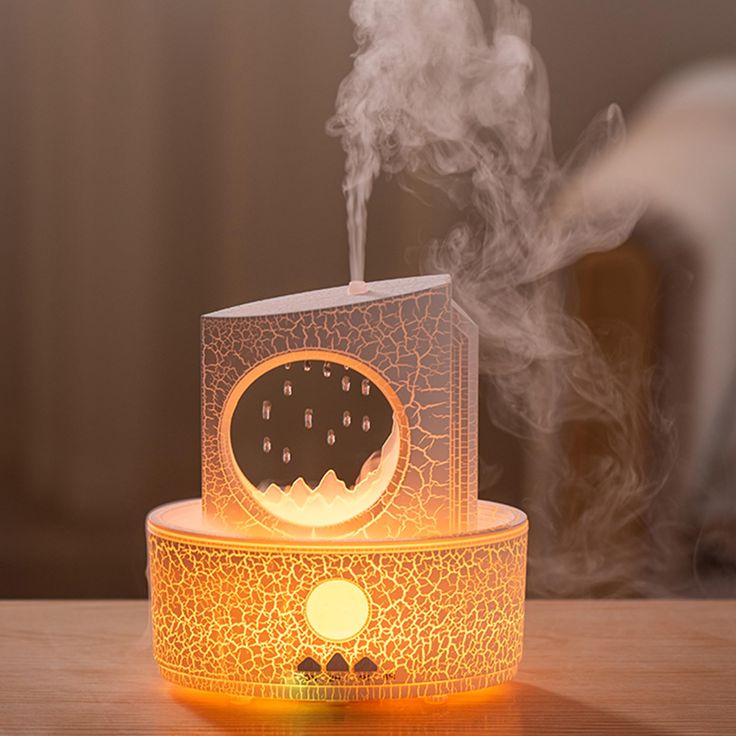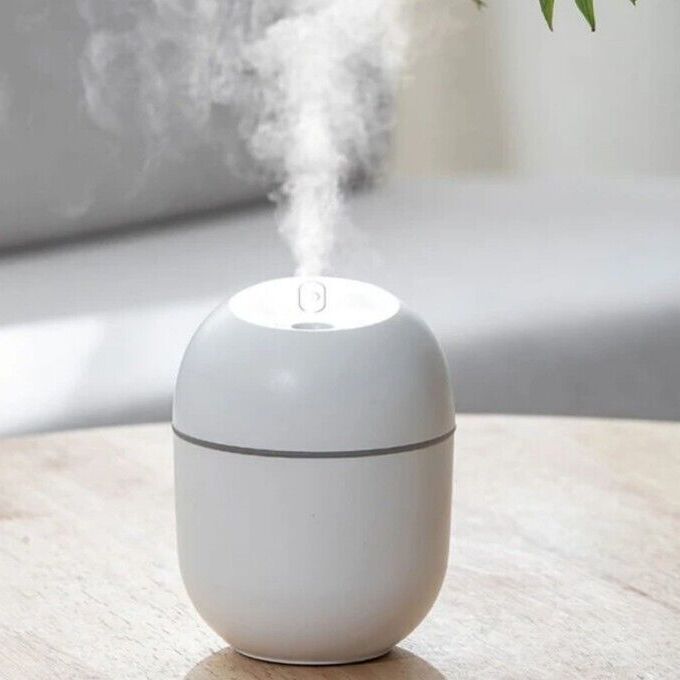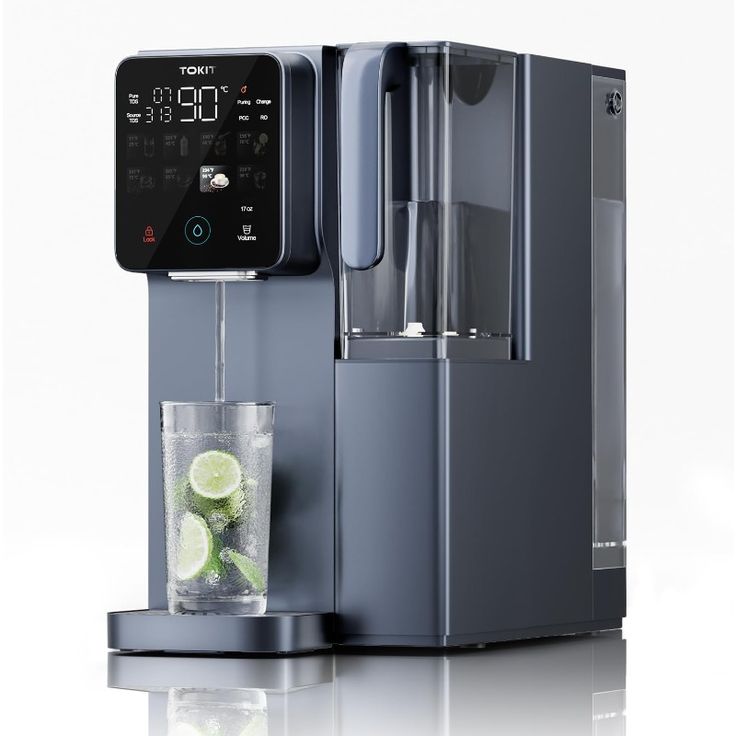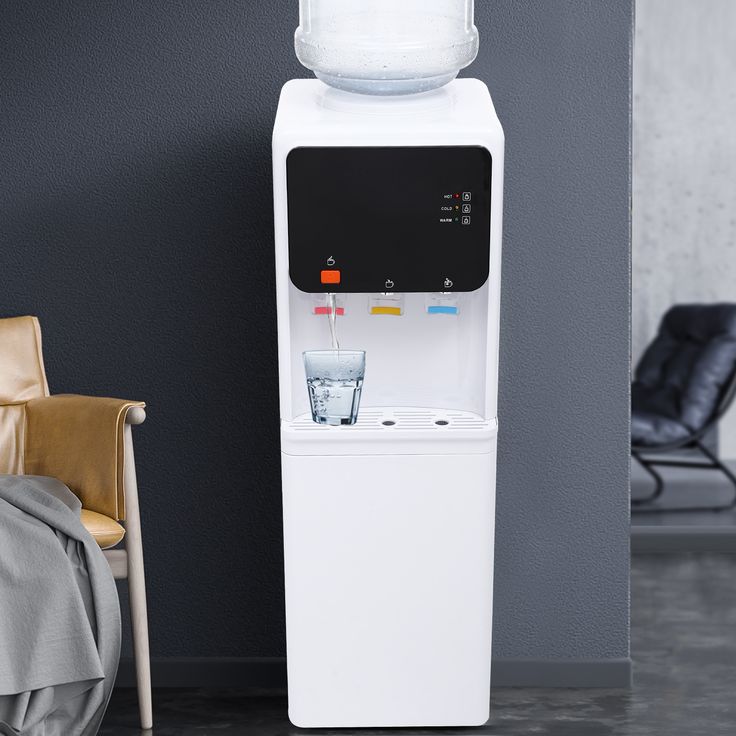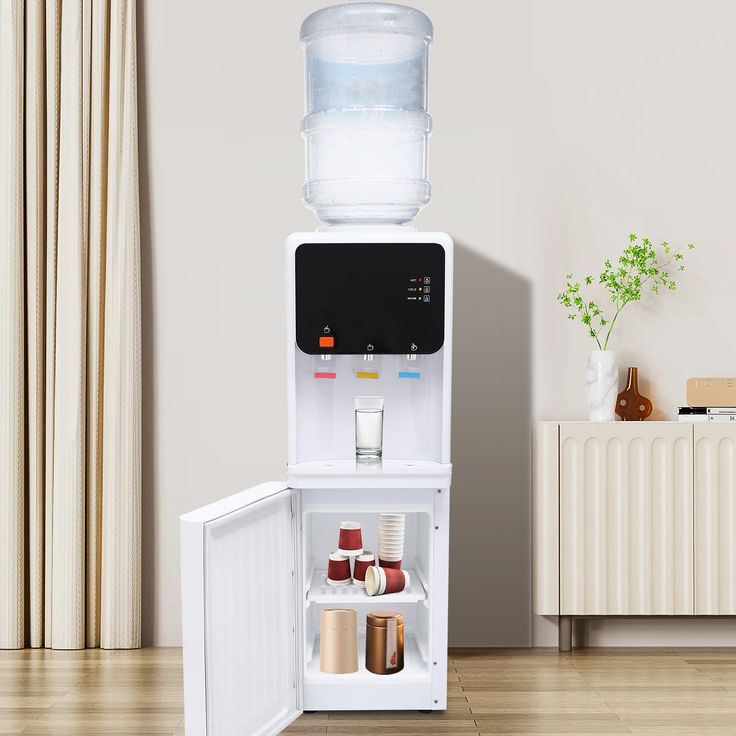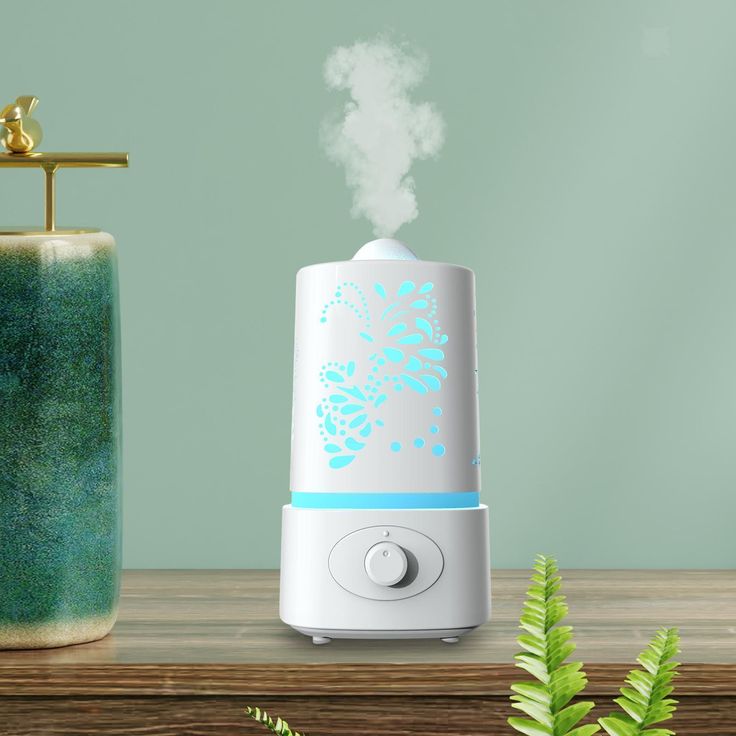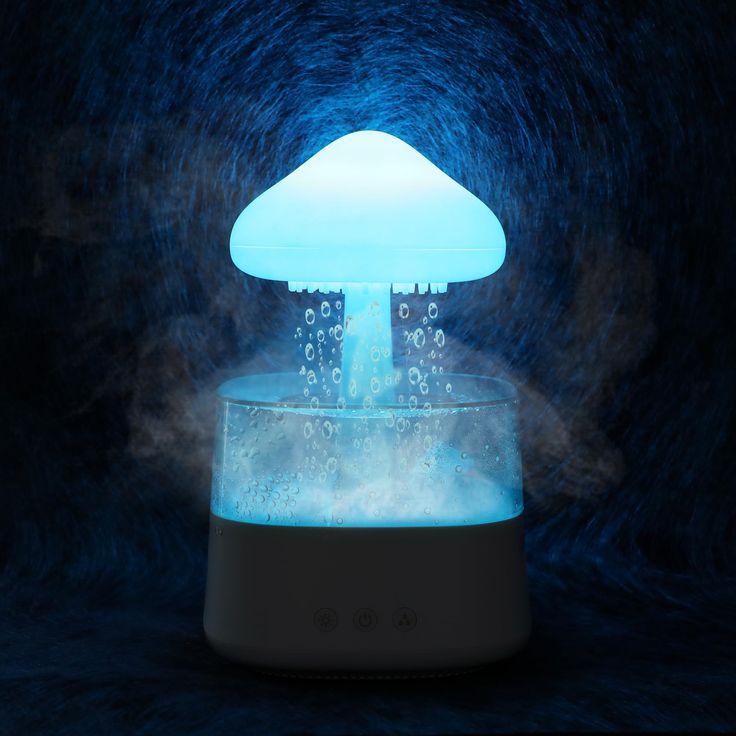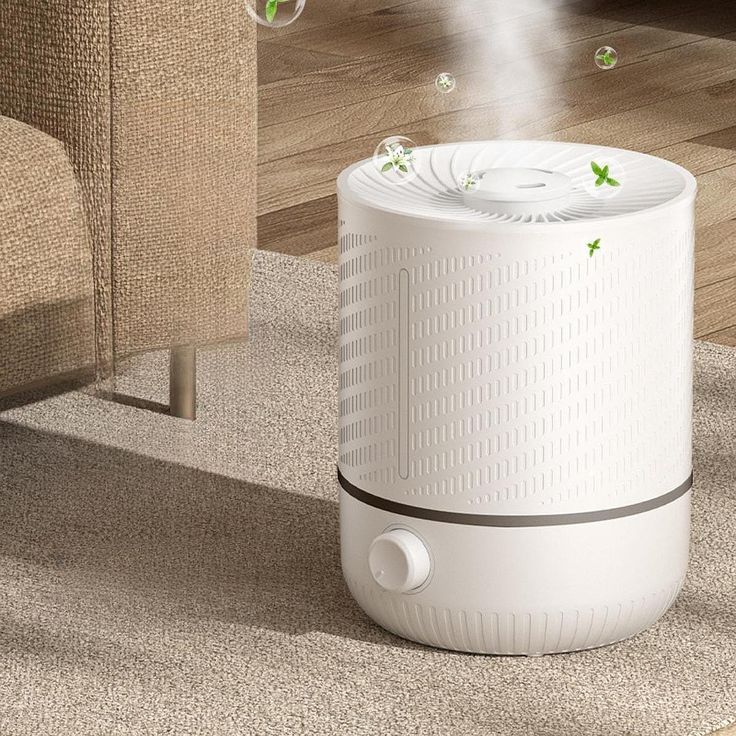Importance of Regular Water Dispenser Maintenance
Keeping a water dispenser clean is more than just a good habit. It’s essential for health, performance, and the life of your appliance. Regular maintenance means clean, safe water every day. It helps avoid waterborne illnesses. It also ensures your dispenser works well and lasts longer. How to clean the water dispenser?
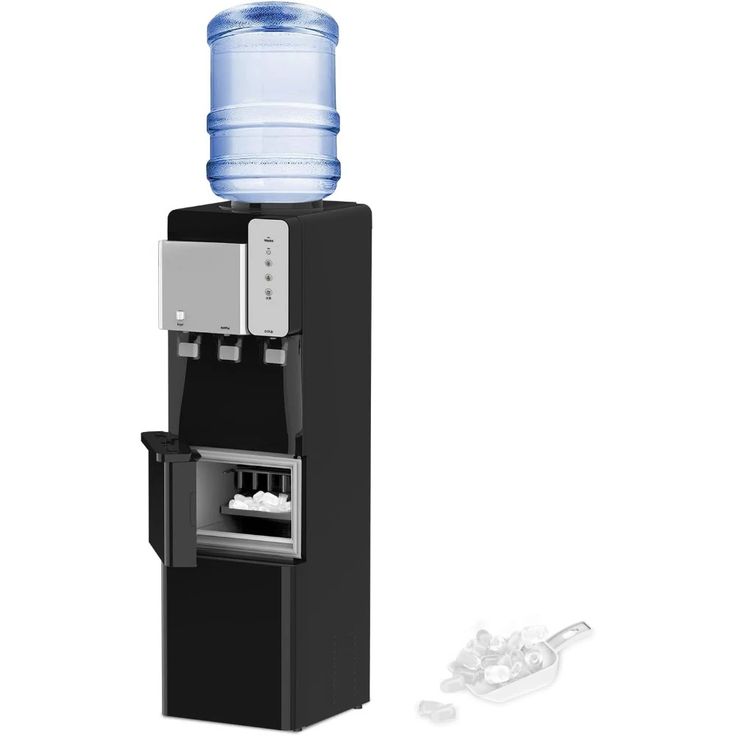
Health Benefits of Clean Water Dispensers
A well-maintained water dispenser is a source of safe, clean drinking water. This reduces risks of bacteria and illness. Regular cleaning removes harmful microbes. This means better health for everyone who drinks from it.
Enhancing Performance and Water Quality
Cleaning your water dispenser enhances its function. A buildup of mold or minerals can block water flow. Regular cleaning ensures the water tastes good and is clean. It also keeps the heating and cooling systems running right.
Extending Dispenser Longevity
Careful upkeep can extend the life of your water dispenser. It prevents wear and tear. It also means fewer repairs. Cleaning stops buildup that can damage your dispenser over time.
Preparing to Clean Your Water Dispenser
Before you start, it’s key to prepare properly. This makes sure you clean safely and effectively.
Safety Measures Before Cleaning
Follow these safety tips to protect yourself and your water dispenser:
- Unplug the Dispenser: Always unplug it from the power source to prevent electric shock.
- Wear Protective Gear: Use gloves and safety glasses to shield your hands and eyes from cleaning agents.
- Empty the Water: Drain any remaining water from your dispenser to avoid diluting the cleaning solution.
- Read the Manual: Check your water dispenser’s manual for any specific cleaning instructions.
Assembling Cleaning Materials
Gather the right tools and cleaning agents:
- Bleach or Vinegar: Choose bleach for sanitizing or vinegar for a natural option. Never mix them.
- Warm Water: Have plenty of warm water ready for mixing with cleaning agents and rinsing.
- Cleaning Brushes: Get a long-handled brush for the reservoir and a smaller one for nooks.
- Microfiber Cloths: Use these for wiping down the exterior and drying off parts.
- Sponge: Have a sponge for cleaning surfaces and removable parts.
- Bucket: You’ll need a bucket to drain cleaning solutions into.
- Gloves: Rubber gloves will protect your skin from cleaners.
Step-by-Step Cleaning Process
Exterior Cleaning and Disinfection
First, unplug your water dispenser for safety. Using a microfiber cloth, wipe the dispenser’s exterior. Mix warm water with mild soap. Dip the cloth in this mixture. Gently clean the surface to remove dirt and residues. Rinse the cloth in clean water. Wipe the surface again to remove soap traces. Ensure you clean high-touch areas thoroughly. These include taps and the handle.
Cleaning the Water Reservoir and Removable Parts
Empty the water reservoir next. Remove all detachable parts like the drip tray and nozzles. Soak these parts in a solution of warm water and mild detergent. Use a soft brush to scrub off any mildew or deposits. Pay special attention to the reservoir. Scrub it with a long-handled brush to reach all corners. Use a mix of warm water and a splash of bleach for a tougher clean. Rinse all parts thoroughly with clean water until no soap remains.
Detailed Sanitization Process
After a thorough cleaning, sanitizing is crucial. Prepare a solution of one tablespoon of unscented bleach in one gallon of water. Fill the reservoir with this sanitizing solution. Let it stand for five minutes. This will kill any remaining bacteria. Drain the solution completely. Rinse the reservoir and parts several times with clean water. This ensures no bleach residue remains. Assemble the dispenser. It’s now ready to provide safe, clean water.
Advanced Water Dispenser Maintenance Tips
To keep your water dispenser in optimal condition, here are some advanced maintenance tips.
Preventing Mold and Bacteria Buildup
Prevent mold and bacteria by cleaning your water dispenser regularly. Dry all cleaned parts before reassembling. Ensure that every nook and cranny is free of moisture to avoid mold growth.
Regular Filter Replacement and Care
Replace water filters as recommended by the manufacturer. Regular filter replacement ensures clean, healthy water. Check and clean the filters quarterly to maintain water quality.
Utilizing Self-Cleaning Features
Select water dispensers with self-cleaning technology. This feature automatically cleans the internal system. It helps maintain hygiene without manual effort.
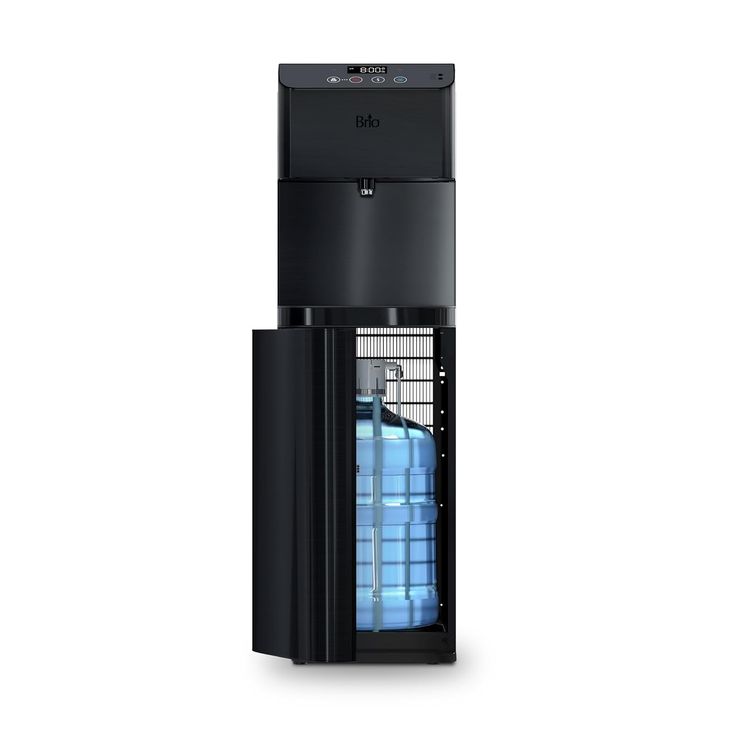
Maintaining Cleanliness Between Deep Cleanings
To ensure your water dispenser remains clean, adopt these routine practices between major cleaning sessions.
Routine Surface Wiping
Regularly wipe down the exterior surfaces of your water dispenser. Use a damp cloth with mild soap. Focus on areas frequently touched, such as taps and handles. This prevents dirt buildup and maintains hygiene.
Managing the Drip Tray
Regularly check and clean the drip tray. Empty and wash it with soapy water weekly. This prevents mold and odors from developing.
Ensuring Safe Water Storage Practices
Store water in a cool, dry place away from direct sunlight. Replace the water bottle promptly to avoid contamination. This keeps the water fresh and safe for drinking.
Selecting the Right Water Dispenser for Easier Maintenance
Selecting the right water dispenser can simplify maintenance and enhance user convenience. Many modern water dispensers come with user-friendly features that minimize the effort required for cleaning and upkeep. Here are key aspects to consider.
Benefits of Tankless Water Dispensers
Tankless water dispensers offer several maintenance advantages:
- No Water Storage: They heat and cool water on demand, so there is no stored water that can breed bacteria. This results in fresher water and less frequent cleaning.
- Compact Design: The tankless setup is compact, making it easier to access internal components. This makes routine cleaning less cumbersome.
- Reduced Scale Buildup: Since there’s no standing water, there’s less chance for scale and mineral deposits to form, which means less descaling is required.
Features to Look For in Low-Maintenance Models
When looking for a water dispenser that’s easy to maintain, consider the following features:
- Self-Cleaning Technology: Some models have self-cleaning functions that regularly sanitize the water dispenser, reducing manual cleaning requirements.
- Simple Dispensing Area: Models with fewer nooks and crannies around the taps and dispensing area are easier to clean. This limits areas where mold and bacteria can accumulate.
- Smart Features: Advanced water dispensers may include diagnostics that alert you when cleaning and maintenance are needed. This helps maintain optimal performance without guesswork.
Choosing the right water dispenser based on your maintenance preferences can save time, effort, and ensure clean water any time.
Conclusion
To ensure the health and efficiency of your water dispenser, regular maintenance is paramount. Let’s recap the cleaning practices that will help keep your dispenser in top condition.
Summary of Cleaning Best Practices
- Always unplug and drain the dispenser before cleaning.
- Use bleach or vinegar for sanitizing, but never mix them.
- Clean all surfaces, especially high-touch areas, with mild soap.
- Disassemble and wash all detachable parts.
- Thoroughly rinse after cleaning to remove soap or bleach.
- Replace water filters regularly as per manufacturer guidelines.
- If available, utilize self-cleaning functions.
- Between deep cleans, wipe surfaces and empty the drip tray.
By following these steps, you will maintain a dispenser that delivers clean, safe drinking water.
The Value of Investing Time in Maintenance
Investing time in cleaning your water dispenser is invaluable. It improves health by keeping water clean. It also enhances dispenser performance and extends its lifespan. Regular maintenance saves money on repairs and replacements. Make the effort, and you’ll benefit from clean water every day.

